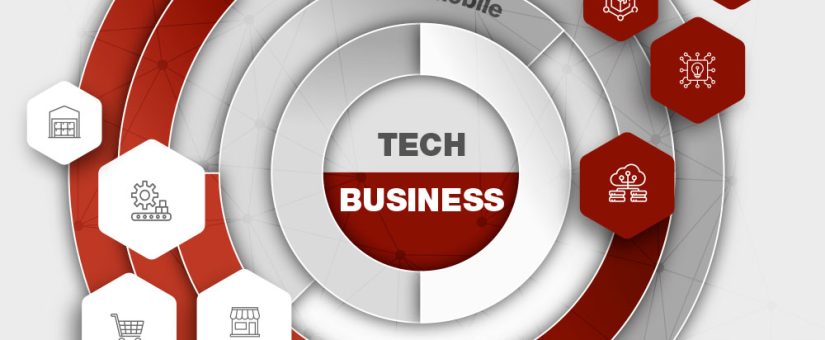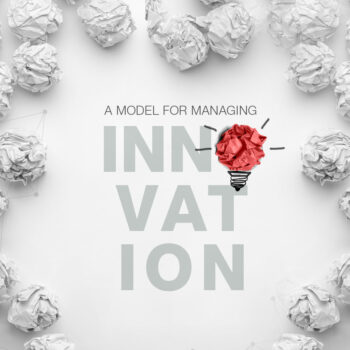
Digital go-to-market transformation
Digital go-to-market transformation
Connecting business and tech to succeed in digital commerce
Digitalization can open new frontiers and opportunities for the “right product, right place, right time” mantra underlying any go-to-market (GTM) strategy. In our experience, however, many executives are left either unsatisfied or disappointed with the outcome of digital initiatives that their organization has pursued – for a number of reasons:
- The elusiveness of arriving at a clear digital vision connected to the overall business strategy
- Reactive solutions ending in investments that lack sufficient thoroughness and planning
- Digital initiatives that simply aren’t delivering meaningful result
How do we navigate the digital channel landscape?
Today’s go-to-market context offers executives an ever-growing selection of digital channels and formats, with innumerable possibilities. To help make sense of this landscape, we break it down into 8 digital commerce operating models, which can be selected and combined to serve specific customer segments.
As shown in the graphic below, the 8 models are broadly divided based on two sets of characteristics:
What key success factors must we consider for implementing?
In our experience, four key success factors facilitate businesses seeking to operate a digital GTM.
A d-GTM model that’s fit for the context with a clear north
A digital GTM model can support the strategy in many different ways, but it’s important to stress that there’s no one-size-fits-all digital approach. Apart from the overall GTM objective, some models lend themselves better than others in terms of coherence vis-à-vis the company’s capabilities and culture. Different digital models will impose distinct demands and call for distinct types of expertise from the organization
.
New ways of working with a digital culture and mindset
Developing a clear digital strategy for the go-to[1]market model needs to go hand in hand with crafting a clear picture of the culture that will support it. Rather than a desired culture, we advise companies to build upon a so-called necessary culture – one that supports the company’s digital growth strategy – and translate this into a clear roadmap of actions that will sustain the transformation over time.
Implement right by getting the basics done well
Engaging consumers in the virtual space can be an entirely different beast compared to conventional interactions in the physical world. As such, putting effort into doing the basics well at the beginning represents a worthwhile investment.
Collect and apply data as a competitive advantage
Leveraging digital to advance a go-to-market strategy offers immense opportunities to generate more value for the business, including in ways that may not have been imaginable before. If data is the new gold, then digital channels and tools are the new gold mines – offering much greater yields than conventional customer surveys.
.
CONNECTING THE DOTS
The most recent GTM transformation wave is no longer bleeding edge – it’s a reality that most organizations have in some way responded to. It’s quite uncommon to find companies nowadays really starting from scratch, as most have some constellation of digital initiatives, attempts and success cases or at least plans in place alongside their overall strategy.
The challenge we’re often faced with is helping them to connect the dots and zero in on that much needed coherence that’s key to putting digital at the service of the GTM and the overall strategy.
This means that the question is rarely: “What should our digital strategy be?” And more often: “Why isn’t our digital approach working?” While the starting point and nature of the challenges being faced may differ, both traditional and digital-native organizations run into roadblocks. The most common symptoms we see are:
- A lack of focus (to truly connect digital with the strategy)
- Too little visibility over what’s being done (to prioritize what matters)
- A tendency to overestimate the organization’s capabilities (to make the right choices or adjust)
Helping companies connect these dots for an effective d-GTM strategy means placing the business on a digital evolutionary journey – rather than planning and going big from the outset. This starts by identifying where things are broken in the digital approach and setting the next steps that will get digital to steadily generate value for the business by complementing the GTM strategy.
- On 25 March 2024





